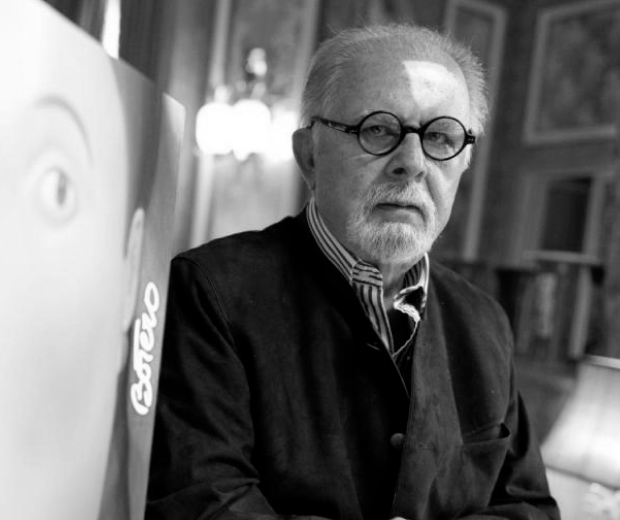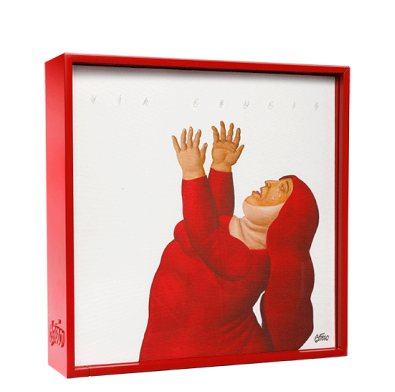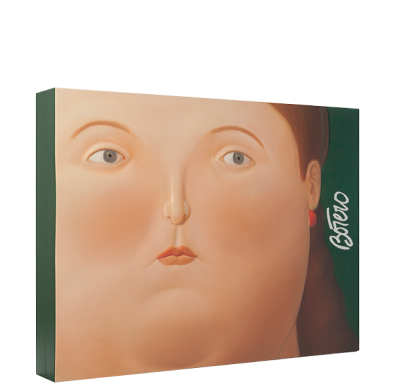
(1932, Medellín – 2023, Mónaco) Desde muy joven manifestó un elevado interés por el arte que fue creciendo hasta convertirse en su gran pasión. Las creaciones artísticas de Fernando Botero llevan impresa una irreverente interpretación de la corriente figurativa, denominada boterismo, donde el volumen se convierte en el protagonista absoluto de sus creaciones.
A día de hoy, su estilo singular le ha convertido en uno de los artistas contemporáneos más admirados y reconocidos de la esfera artística internacional.

OBRAS DEL ARTISTA
ARTÍCULOS RELACIONADOS
SOLICITAR INFORMACIÓN
Te informaremos sobre las obras y novedades de ARTIKA.

